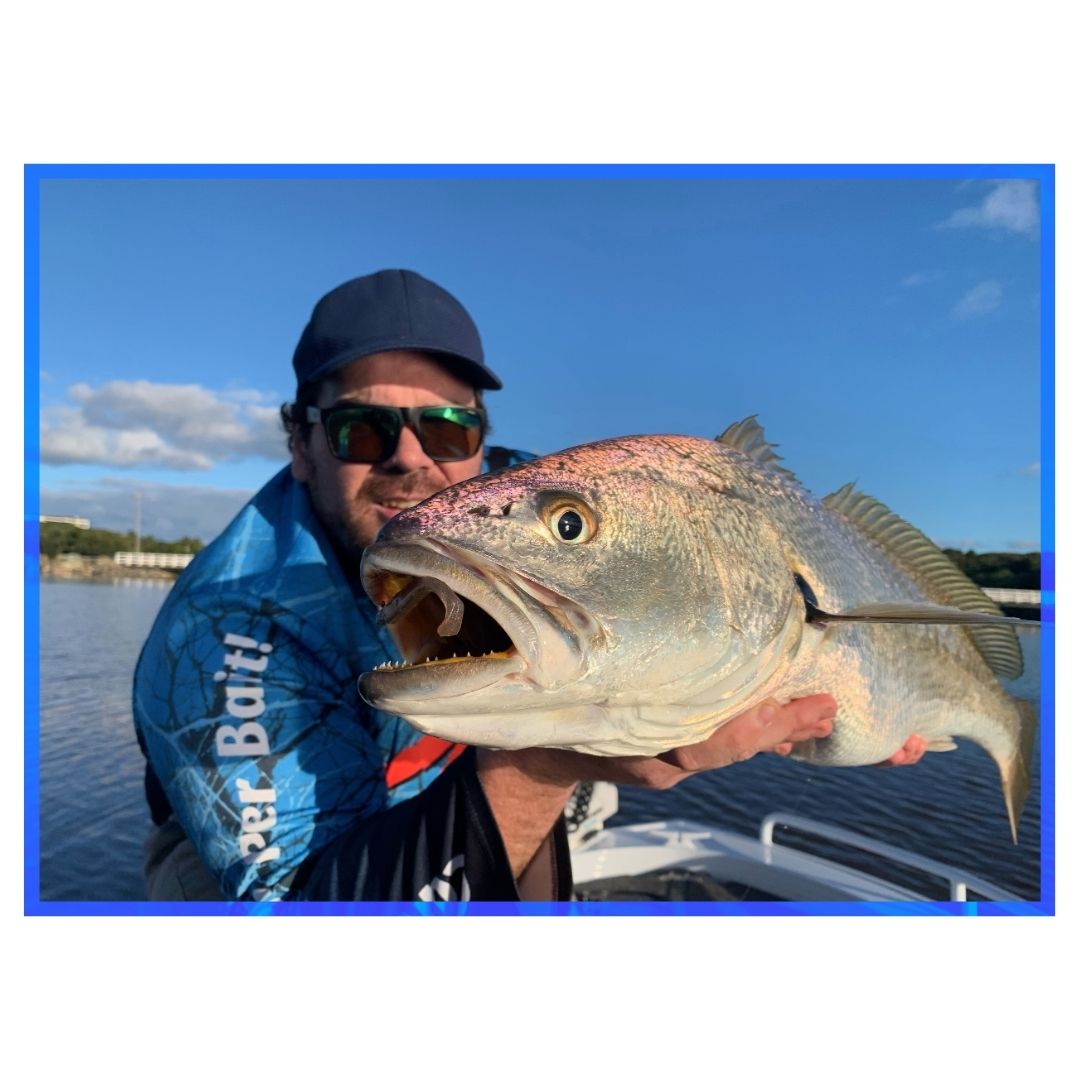
Fishing with Soft Plastics: The Go-To Technique
This week, fishing reports have slowed down due to strong winds and unfavorable sea conditions. So, let’s dive into a technique that has gained tremendous popularity over the past 15 years: soft plastics. If there’s a fish in the water, chances are it’s been caught on some type of plastic lure. But what is it about soft plastics that makes them so effective across a range of species? Is it the convenience of always having them at hand? Or is it because they can imitate nearly every food source found in our waterways? Let’s take a closer look at the top plastic lure choices and the setups that can help you maximize their potential.
What Are Soft Plastics?
Soft plastics are far from a new invention, but their rapidly growing popularity might suggest otherwise. I’ve seen anglers—who once swore by traditional baits—now almost exclusively using plastics. But what exactly are they? Essentially, soft plastics are artificial baits made from flexible plastic or rubber designed to mimic natural prey in specific systems. These lures come in a variety of unusual shapes, but the most common ones resemble minnows and crustaceans. From tiny shrimp and crabs to 1” minnows, and even large swim baits for species like Murray cod, soft plastics cover a wide range of prey types.
The most popular size for estuary species along the Australian coastline is a 2.5-3.5” minnow. Another favorite that has stood the test of time is the curly-tail "grub" style plastic, which works well for beginners because all they need to do is retrieve it to catch fish.
Materials Matter
Now, let’s get a bit technical. The material used in soft plastics plays a significant role in their effectiveness. The introduction of Elaztech and other thermoplastic elastomer (TPE) materials revolutionized the fishing industry. These materials allow lures to float, and brands like Z-Man, Hurricane, and Daiwa Bait Junkie have incorporated them into their ranges.
These lures sink differently on a jig head, and they are incredibly durable. I’ve used the same Z-Man Slim Swimz for an entire day without needing to replace it—saving a lot of money over time. On the other hand, conventional plastics can be easily torn up by toothy predators, but they still have their place in my tackle box. Then there are the Gulp-type plastics, which feature scents scientifically proven to trigger feeding responses in fish. While they may not last as long, they can be highly effective when nothing else works.
Rigging Techniques
Rigging soft plastics is a whole different ballgame. There are various techniques anglers use to get the best results. The traditional Australian method involves using a lead-head jig, which causes the plastic to sink nose-first. While this method is effective for many situations, it's essential to learn other rigging options. Tackle companies have developed weedless and snag-proof rigs, which are particularly useful when fishing in heavy cover like trees and jetties.
The key innovation here is the ability to fish areas where a conventional jig head would otherwise get snagged. Weights have also shifted to the center of the hook (e.g., the TT Hidden Weight range), allowing the plastic to sink more horizontally rather than nose-diving into the bottom. This rigging method is especially effective when fishing in weedy areas or for spooky fish.
Another rigging technique that’s worth experimenting with is unweighted hooks, especially during the summer months. These are popular among bream and estuary perch anglers, as well as barra and Australian bass enthusiasts fishing in dams and impoundments.
But what if you’re fishing in deeper waters and your jig head can’t reach the bottom? Simply swap out a traditional bait for a soft plastic on a paternoster rig. This technique is incredibly effective for species like snapper, nannygai, and flathead.
Choosing the Right Colors
Selecting the right color for your soft plastic can be confusing, especially when faced with a colorful wall of options. A standout color in recent years has been "Motor Oil." This color works well for nearly all species, thanks to its UV characteristics. Fish can see UV light, which makes these colors easier for them to track. Another popular choice is the Berkley Gulp in "Nuclear Chicken," favored by snapper fishers along the southern coastline.
That said, it’s not all about UV colors. Classic colors like Squidgy Wriggler’s "Bloodworm" will still attract species like bream and perch. The key is confidence and experimentation—what works in one location might not be as effective in another. So, don’t hesitate to try different colors and change things up frequently.
Target Species
Soft plastics are incredibly effective for a wide variety of species, particularly along the southern coastline. Bream, estuary perch, snapper, mulloway, trout, and redfin are all common targets. However, one species that has become almost too susceptible to soft plastics is the flathead, which finds it hard to resist a well-presented plastic. In fact, flathead tournaments have become so popular in places like Gippsland that they now rival bream events.
Murray cod have also developed a taste for soft plastics, especially with the realistic models available today, including everything from frogs and big swim baits to even ducks—designed to target these giant fish, especially in open water.
Conclusion
If you’ve never tried soft plastics for your favorite species, come into the Shack, and we’ll help you find the right setup. Until next time, tight lines and best of luck on your fishing adventures!